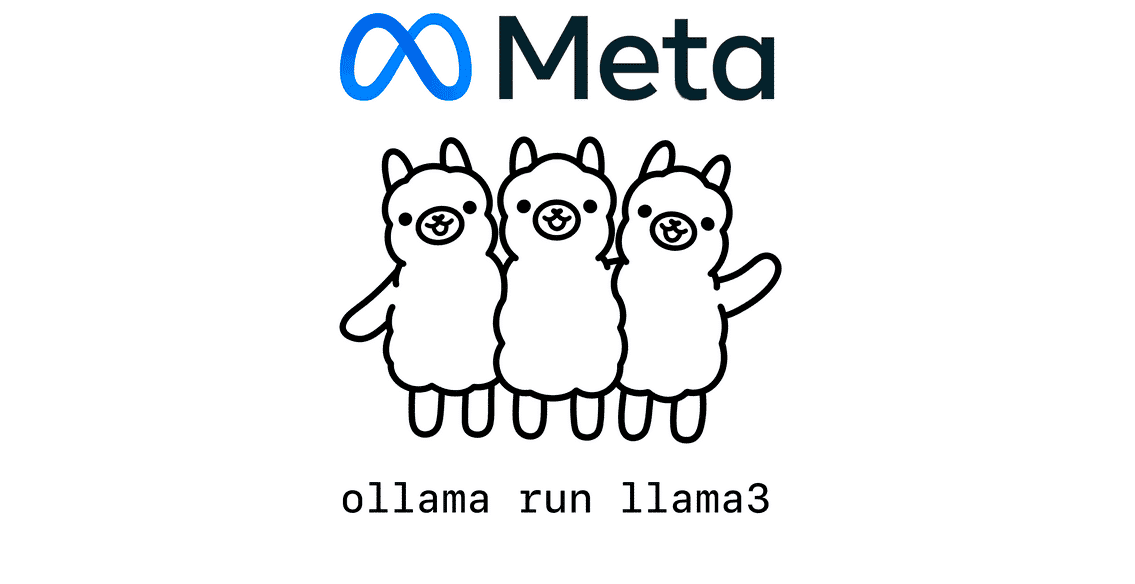Abduction vs. Adduction: Two Sides of the Same (Critical) Fitness Coin
Show your thighs some love, inside and out.

Can you crack a watermelon by squeezing it between your thighs? Having that level of inner and outer thigh strength isn’t exactly necessary, but working on your abduction vs. adduction strength will serve you in plenty of ways that don’t involve the ability to explode a fruit.
“The adductors help with pelvic stability, which can be a factor in back pain, hip pain, pelvic floor dysfunction, and overall strength,” Erika Bloom, founder of Erika Bloom Pilates, previously told Well+Good about inner thigh strength.
Outer thigh strength powers side to side movement and hip rotation, and can protect you from injury during high impact activities like running.
But wait, when it comes to the inner and outer thighs, which is which? And is one more important than the other? We’ve got you covered.
Abduction vs. adduction: What are they?
Abduction and adduction are actually movement patterns, not necessarily the movements of specific muscles.
“Abduction refers to moving a limb ‘away’ from the midline of your body and adduction refers to moving a limb toward the midline of your body,” says trainer Luke Milton, the founder of Training Mate.
What are the abductors vs. the adductors?
While adduction and abduction describe a movement pattern, the muscles that enable these motions in the lower body are generally known as the abductors (outer thigh) and adductors (inner thigh).
“It depends on what limbs are being used, but when referring to the lower body—which is most common in discussing adduction and abduction—the adductors and abductors are utilized,” Milton says.
Adductors are actually a group of muscles.
“Your inner thigh muscles include your adductors, or muscles that assist in moving the leg toward the midline of the bottom,” Amy Schemper, CPT, certified personal trainer and creator of BodyFit by Amy, previously told Well+Good about inner thigh mobility. The inner thighs, aka the adductors, are made up of five different muscles that start at the pelvis and go down through the femur bone.
Meanwhile, your abductors are the muscles on the outside of your hips that enable hip rotation, including hip flexors and the gluteus medius, according to Milton.
Is one more important than the other?
Don’t make a trainer choose, y’all. Having balanced strength in muscles that form the two coins of a movement pattern is key to staying pain-free.
“It’s important that the adductors are balanced with the other leg muscles [like abductors] for proper biomechanics to prevent injury,” Bloom says. That’s why Milton includes both movement patterns in his training sessions.
Still not convinced? Here are the pros of both.
Adduction
The benefits of inner thigh strength have an outsize effect on health and mobility.
“The adductors help with pelvic stability, which can be a factor in back pain, hip pain, pelvic floor dysfunction, and overall strength,” says Bloom.
These muscles can be sometimes trickier to isolate and work, which is why Milton uses a machine to train his inner thighs, or does resistance band work.
Abduction
In addition to enabling lateral and rotational movement, strengthening the muscles surrounding the hip can help protect the hip joint. Doing this can promote hip mobility, which is key for prevent pain and injury throughout the body.
But if you’re working those abductors a lot, remember to stretch. Just as strong muscles can protect the joint, tight muscles can restrict it.
Exercises for both abduction and adduction
Here are exercises that will work your adductors and abductors. You’ll want to grab a resistance band or even ankle weights for these moves.
1. Banded fire hydrants
- Start on all fours in a quadruped position with a resistance band around your thighs, above the knees.
- Keeping your knee bent at 90 degrees, lift your working leg out to the side so that your inner thigh is facing the ground.
- Rotate the leg back down to starting position.
- Repeat for 12 to 15 reps, then switch sides.
2. Standing abduction
- Place a mini band or looped resistance band just above your knees or wear a pair of ankle weights.
- Stand with your feet hip- to shoulder-width apart, knees slightly bent, and hands on your hips.
- In a slow and controlled manner, lift your right leg out to the right, until your right foot is about 12 inches off the ground (or as high as comfortable). Keep your left leg slightly bent.
- Hold for a moment at the top, then slowly lower back down.
- Repeat for 12 to 15 reps, then switch sides.
3. Banded lateral monster walk
- Place a mini band or looped resistance band just above your knees.
- Stand with your feet hip- to shoulder-width apart, knees slightly bent, and hands clasped in front of your chest.
- In a slow and controlled manner, take 10 to 15 steps to the left.
- Return to the starting position, then take 10 to 15 steps to the right.
- Repeat for 2 to 3 sets.
4. Inner thigh lifts

- Lay on your right side with your right leg extended out and your left knee bent, with your left foot resting in front of the right leg on the floor.
- Engage the right inner thigh to lift the leg a few inches above the floor.
- Slowly lower the leg back down.
- Repeat 20 times* with the leg parallel.
- Repeat 20 times* with the leg slightly turned out.
- Repeat 20 times* with the leg slightly turned in.
- Repeat all three variations on the other side.
*Or as many times as you can while maintaining a stable pelvis.
What's Your Reaction?








































.png)











































